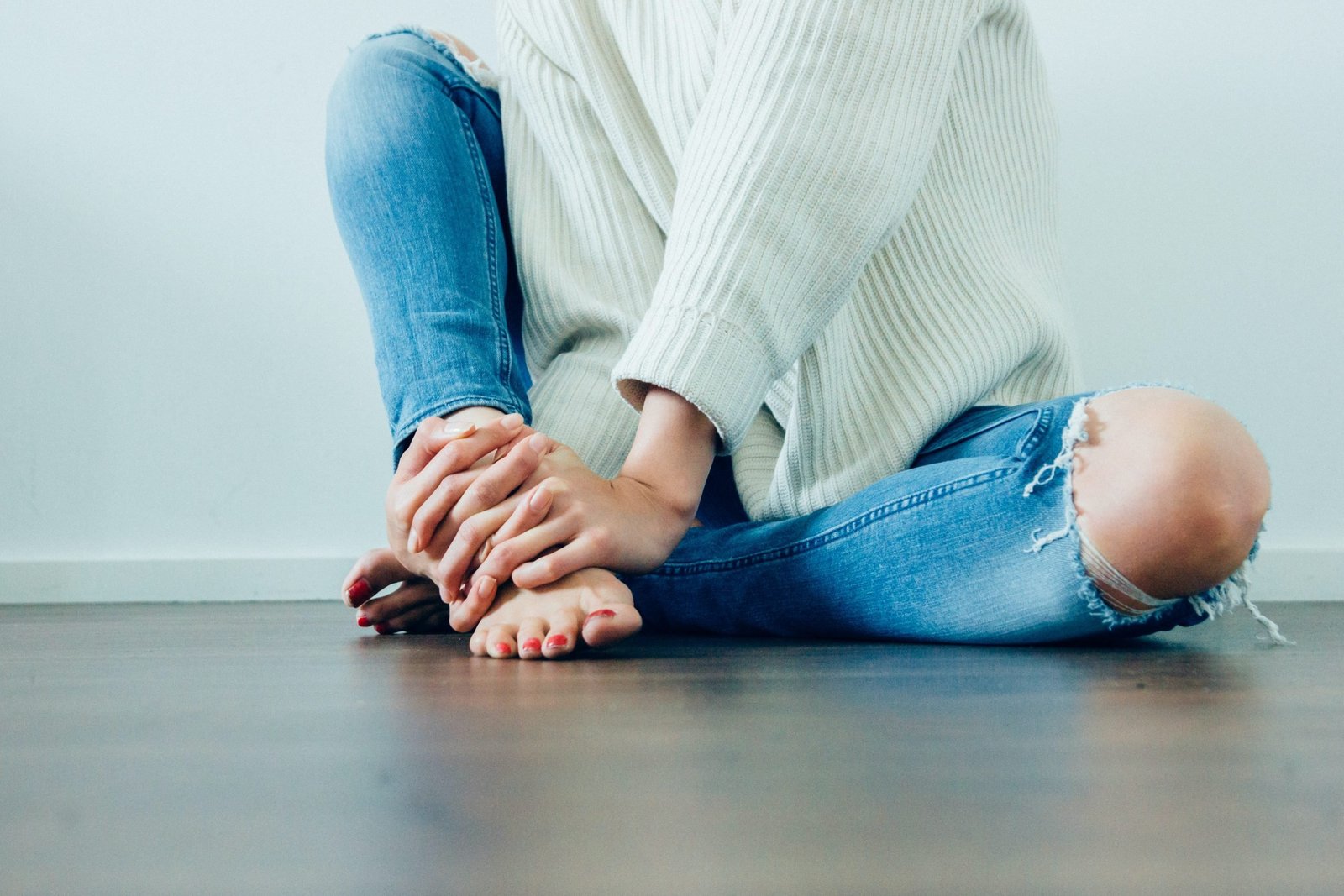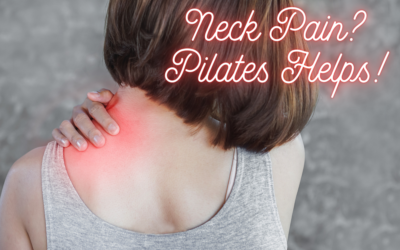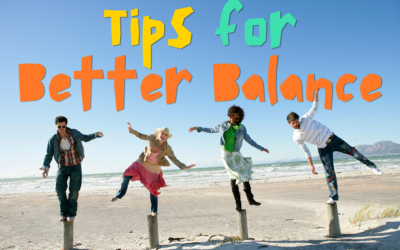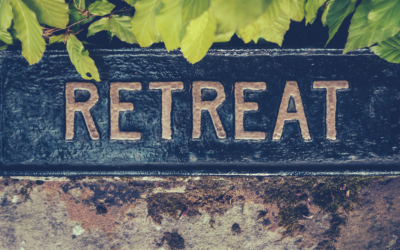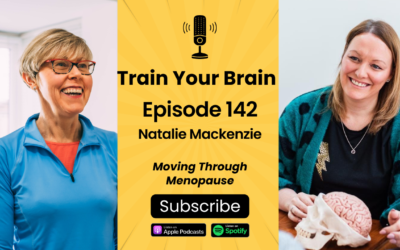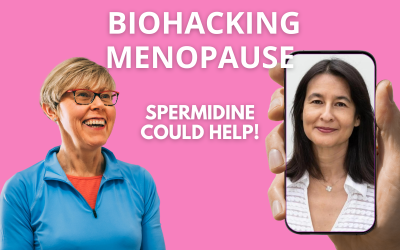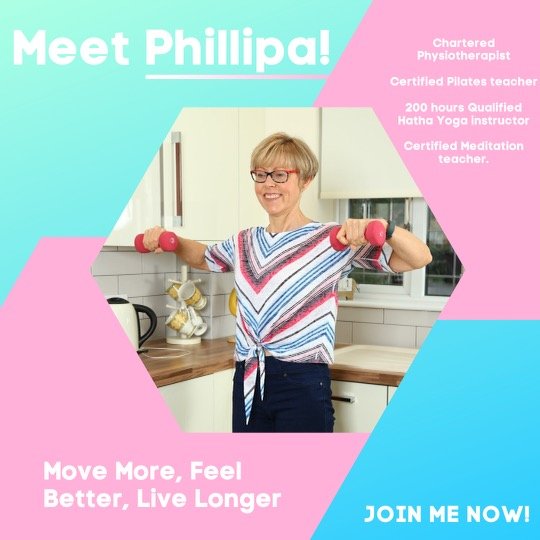The Sitting Rising Test
The Sitting Rising Test has been proposed as a way to assess the components of musculoskeletal fitness. Not only that but it is a fairly accurate predictor of longevity. But how do you get better at this essential movement skill?
The ability to get on and off the ground unaided is a fundamental movement skill that is worth preserving. How easily we can get off the ground is a good indicator of strength, balance, and flexibility. This movement skill is important for adults of all ages, but all the more important for older adults, who are more prone to falls.
Spending time on the floor is something that modern living is driving towards extinction. If you are ever with young children you might notice that they are perfectly happy on the ground and can jump up and down like a yoyo. So whether it’s building Lego with the grandchildren or retrieving the remote from under the coffee table, it’s nice to have the option to choose whether you get on and off the ground, even if you need to ‘humph’ a little or rest a hand on the knee.
I have put together a playlist of My 25 Movement Hacks to help you revive this skill and rediscover the freedom that feeling strong and supple will deliver.
Read on to learn more about some key exercises to improve leg strength and Balance to help you get on and off the ground with ease.
Pilates plus Functional Training equals Injury Prevention.
Pilates is often criticised for a lack of crossover into function, but by bringing our Pilates into standing we can incorporate the principles of functional training; exercises that train the body for everyday activities. Infinite strategies are required to cover the diverse range of functional upright movements, who knows when you might be overcome by the desire to pirouette on 1 leg!
Functional training improves strength, endurance and stability, this has a part to play in preventing injury or bringing efficient and healthy movement back to the body. This kind of training prepares us for times when movement challenges occur such as slipping on ice, tripping over the dog and dodging a runaway ball.
Want strong legs? Do lunges!
To succeed at the sitting rising test you need strong legs. When performed well, a lunge is a functional exercise which can strengthen a wide range of leg muscles. The lunge challenges also stability, which is what makes it so effective. A body attempting to remain balanced engages many muscle groups, including the quads, hamstrings, glutes, calves and core. That makes the lunge a highly effective exercise for people needing to rehabilitate or strengthen their legs. But what about patients with knee problems?
Even people with healthy knee joints may experience pain when performing lunges. This problem is typically caused by improper technique. When the knee comes too far forward during the lunge, more stress can be placed on the knee joint. You might also find yourself twisting your back knee outward or inward in an attempt to maintain your balance. Learning proper form can help you avoid these problems and sufficient range of motion at the hip and ankle are also necessary.
I believe Reverse Lunges are superior to Forward Lunges because backward momentum keeps the body in the ideal lunge position with the weight on the front heel and the knee stacked above the ankle. It’s not always a case of lower is better! The most important thing is to maintain the best possible form.
- During the Step-Back Lunge, the back remains more upright, reducing pressure on the lumbar spine and maintaining a neutral centre of gravity, ensuring stability.
- The shin is more vertical during the Step-Back Lunge, with the knee a good distance back from the toes.
- The Step-Back Lunge ensures that the weight stays more on the heel, whereas the momentum of the Forward Lunge is more likely to shift the pressure to the ball of the foot.
Want better Balance? Train Gluteus Medius!
Good balance or stability is crucial to succeed at the sitting rising test. Gluteus medius is an important muscle for stability, its job is to work with other muscles to ‘abduct’ the hip or move the thigh out to the side. It is an important muscle in walking, running and single-leg standing because it prevents the opposite side of the pelvis from dropping down. Weakness can occur as a result of lack of activity or simply due to our sedentary lifestyles.
Weakness of Gluteus Medius is also a common symptom in people with chronic non-specific low back pain. This weakness can contribute to an increase in lower back pain during or after walking. The ability to balance confidently on 1 leg is definitely an asset when we are reaching for the top shelf and yes getting on and off the floor without using your hands!
Try this strengthening exercise for the Gluteus Medius Muscle.
Better Balance Saves Lives!
The first time many women discover they have osteoporosis is when they experience a fracture after a fall. A hip fracture over age 70 carries a significant risk to life and is to be avoided if at all possible. You can help to prevent future falls by improving your balance. Practice the Toe Clocks exercise, it’s also great for gluteus medius, trunk stabilisers and joint proprioception.
Toe Clocks (Day 12 on the 25 Movement Hacks playlist above)
Position yourself safely in a corner, against a wall or with a sturdy chair handy. Stand on your right leg maintaining your balance. Imagine a clock on the floor with your standing leg at the centre, be sure not to fully lock the knee. Lightly touch one o’clock with your left foot. Then return that leg to the starting position. Next, touch 2 o’clock and return. Continue this to 6 o’clock. Swap legs and travel anticlockwise this time.
Try Tree Pose
Tree Pose challenges rotary pelvic control, improves hip strength and control and mobilises the hip joint. Watch out for losing balance, letting your pelvis move along with your leg remember to only move at the ball and socket of the hip joint and resist allowing the hip to dip down on the standing leg side.
Succeed at the Sitting Rising Test
Variety is the spice of life! For us to be strong, supple and well-balanced it is important to incorporate a variety of training challenges into our workouts. Did you know that even bones get bored after around 10 minutes? So my suggestion is to incorporate core strengthening, stretching (or Yoga), resistance training and some purposeful walking into every week and you will not go far wrong.
Join me LIVE Online for Movement Made for Midlife
How about Pilates, Hatha Yoga, and Mindful Movement LIVE Online with a Chartered Physiotherapist.
Book a free 20 minute chat and find out more about my movement programmes to feel fitter, stronger and healthier at any age.
Join your First Class for FREE with the coupon code FIRSTFREE
Got Questions?
Author: Phillipa Butler Chartered Physiotherapist

